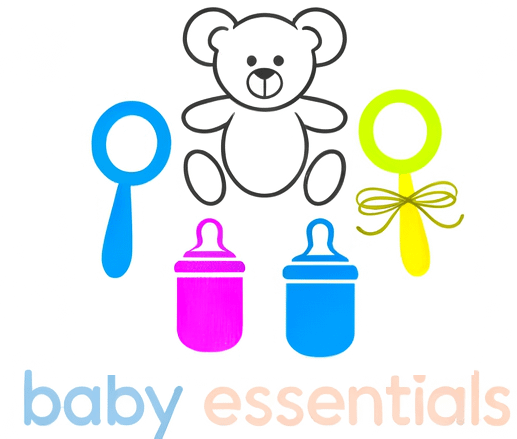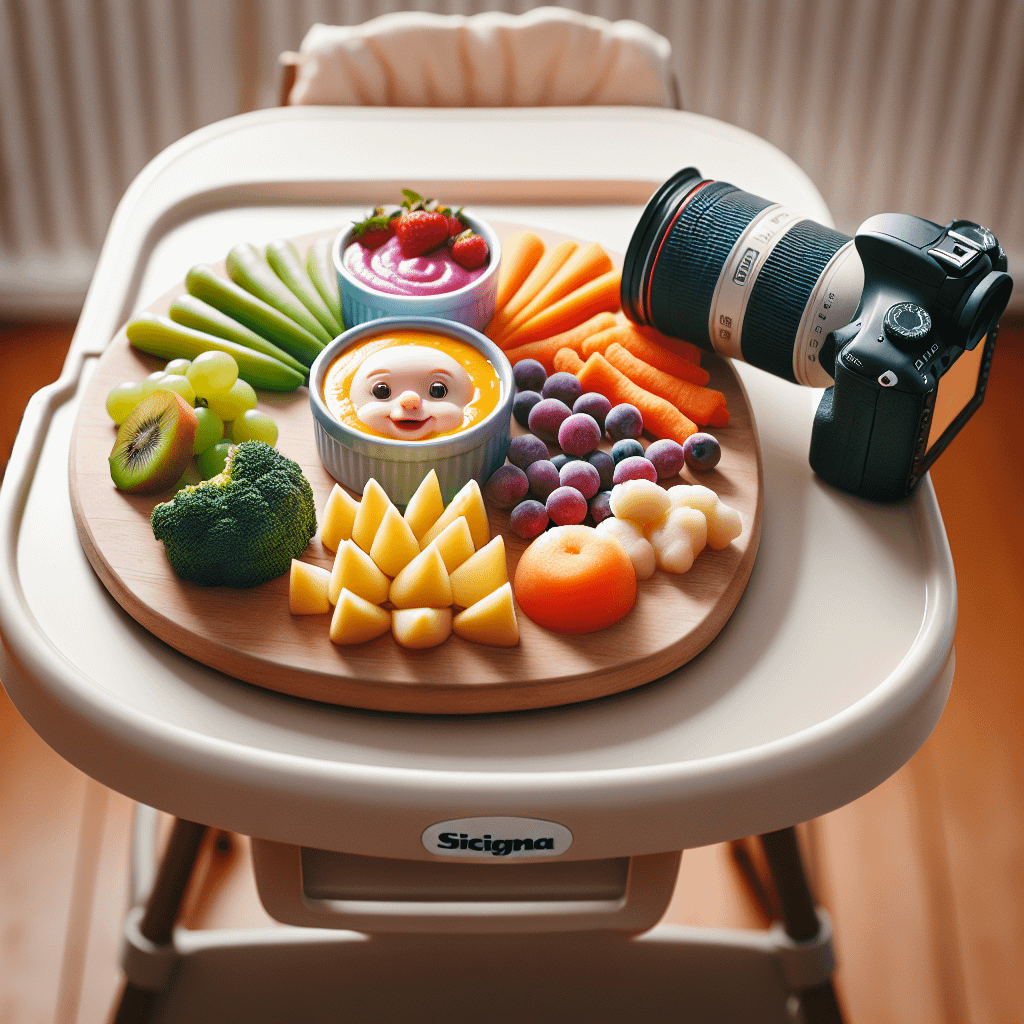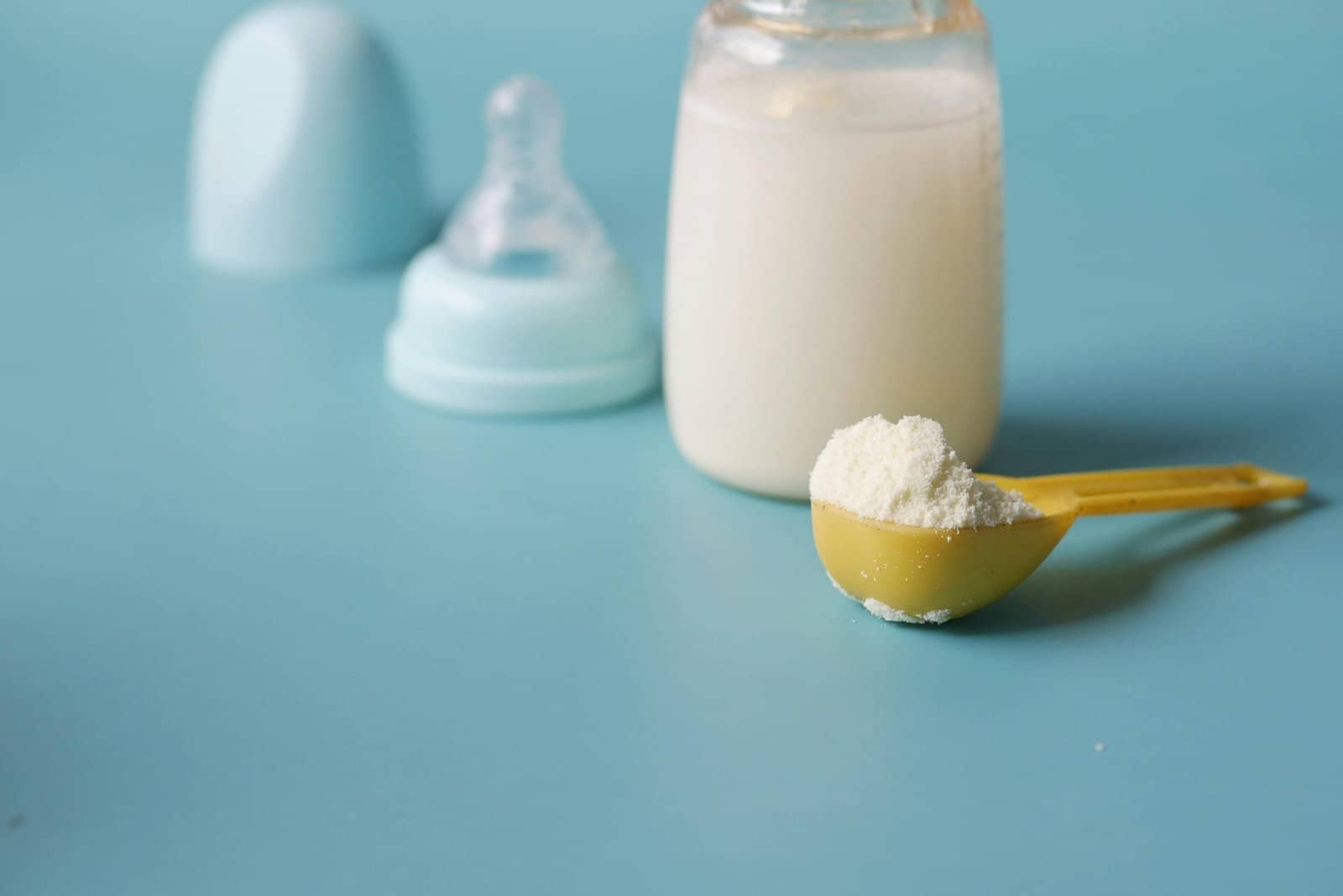Recognising the Signs Your Baby is Ready for Solids
In the post “Recognising the Signs Your Baby is Ready for Solids,” parents are guided through the essential indicators that signify their baby’s readiness to transition from milk to solid foods.
Key features include a detailed checklist of signs such as increased appetite, the ability to sit up with support, and showing interest in family meals. The advantages of recognizing these signs early include promoting healthy eating habits and preventing potential feeding struggles.
Unique to this post are expert tips on safe preparation and introduction of solids, ensuring a smooth and enjoyable experience for both baby and parents.
This valuable resource empowers caregivers to make informed decisions, fostering a positive introduction to the world of solid foods.




